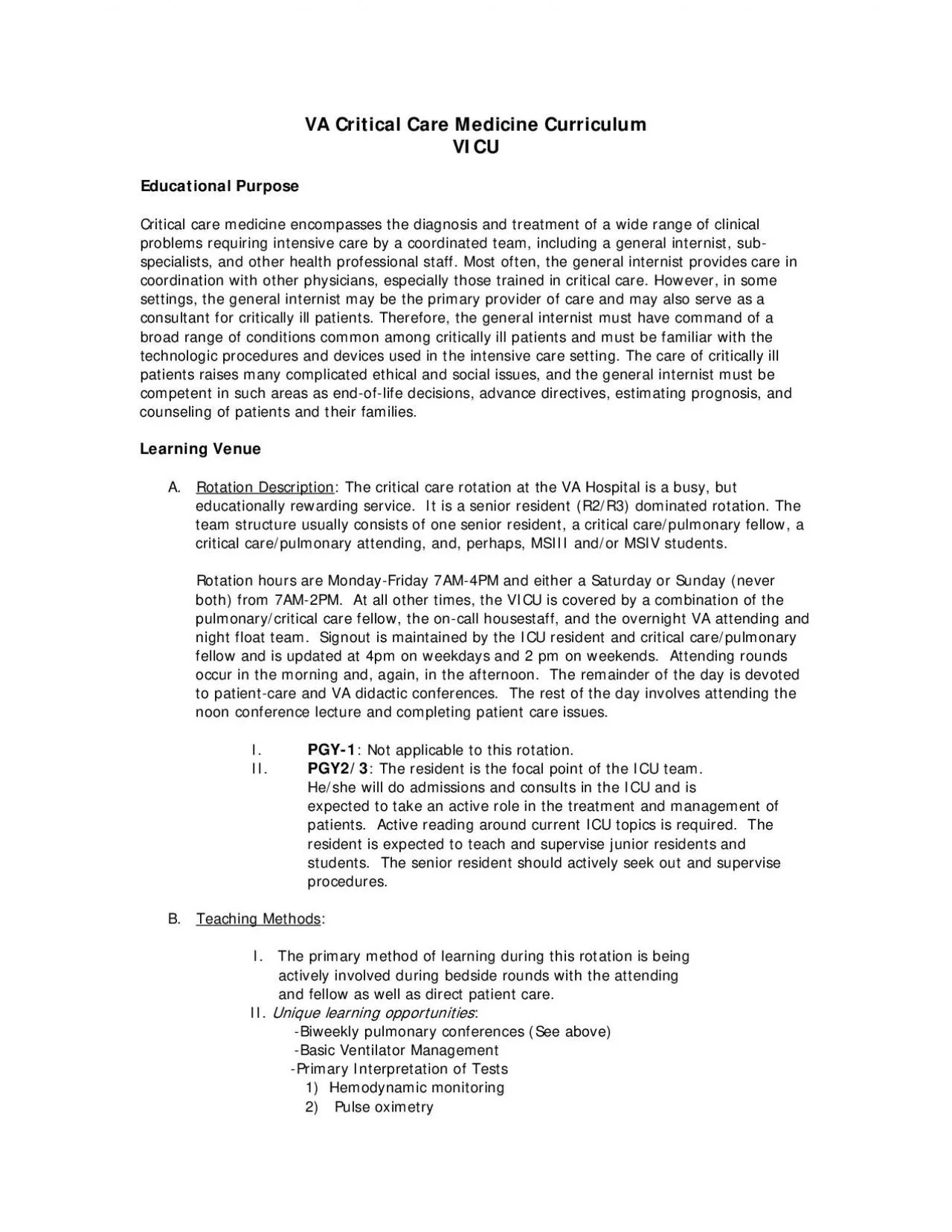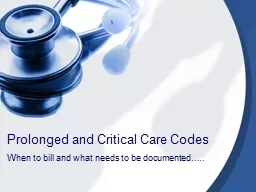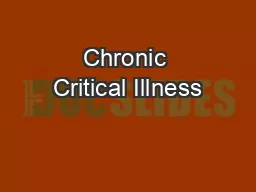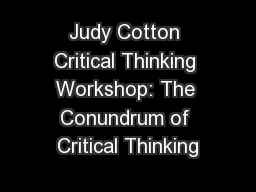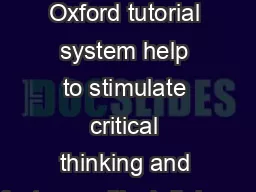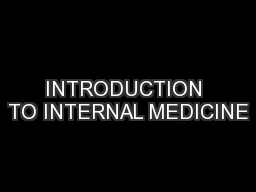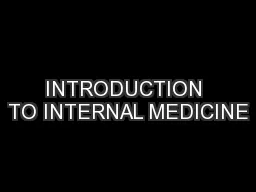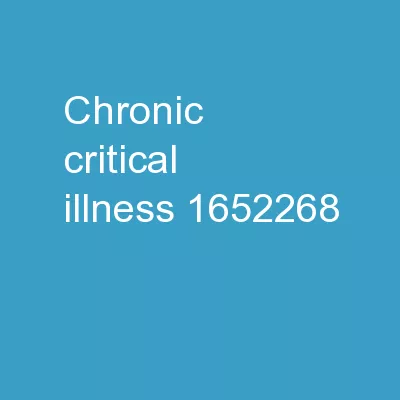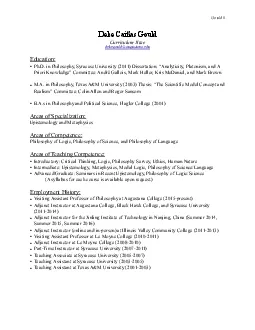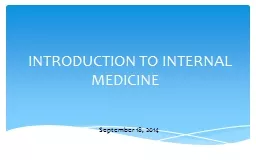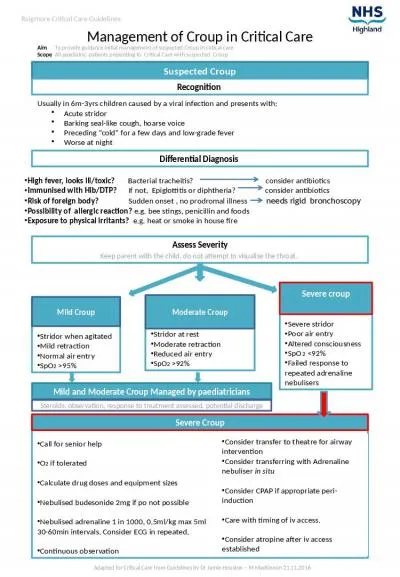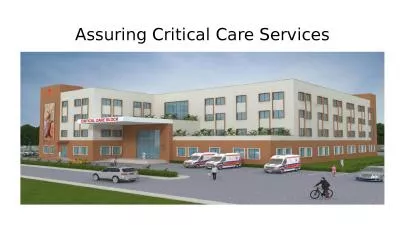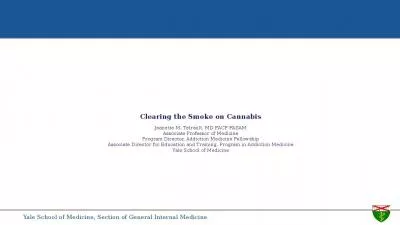PDF-Critical Care Medicine CurriculumVICUEducational PurposeCritical care
Author : widengillette | Published Date : 2020-11-19
ARotation Description The critical care rotation at the VA Hospitala busy buteducationally rewarding service It is a senior resident R2R3 dominated rotation The
Presentation Embed Code
Download Presentation
Download Presentation The PPT/PDF document "Critical Care Medicine CurriculumVICUEdu..." is the property of its rightful owner. Permission is granted to download and print the materials on this website for personal, non-commercial use only, and to display it on your personal computer provided you do not modify the materials and that you retain all copyright notices contained in the materials. By downloading content from our website, you accept the terms of this agreement.
Critical Care Medicine CurriculumVICUEducational PurposeCritical care: Transcript
Download Rules Of Document
"Critical Care Medicine CurriculumVICUEducational PurposeCritical care"The content belongs to its owner. You may download and print it for personal use, without modification, and keep all copyright notices. By downloading, you agree to these terms.
Related Documents

